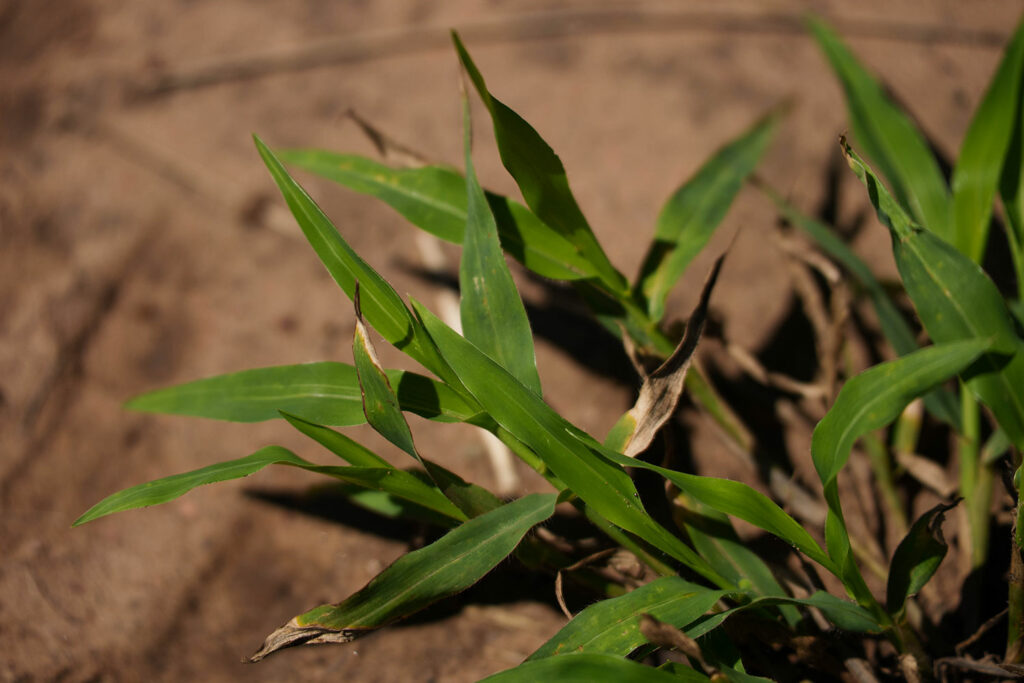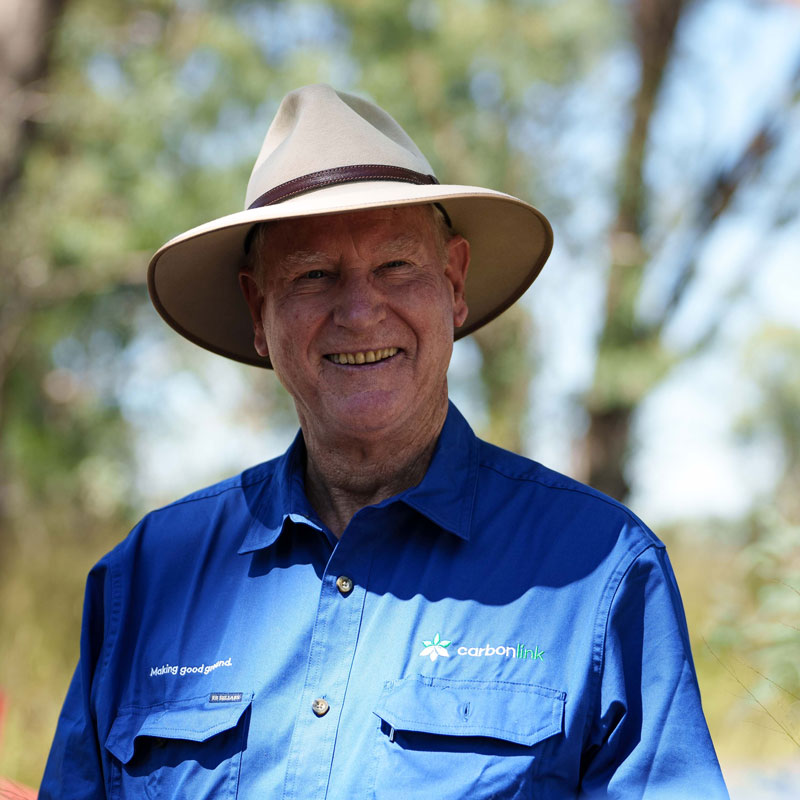By improving soil fertility, enhancing water retention, and promoting sustainable land management practices, carbon farming helps ensure agricultural land’s long-term productivity and viability, securing prosperity now and for future generations.
Carbon farming practices such as reduced tillage and cover cropping improve soil health by increasing organic matter content, enhancing soil structure, and promoting microbial activity, leading to better nutrient retention and water infiltration.
Carbon farming helps reduce the effects of climate change by sequestering carbon dioxide from the atmosphere, reducing greenhouse gas emissions, and contributing to the overall effort to combat global warming.
Carbon farming activities like reforestation and habitat restoration create diverse ecosystems, providing habitats for native flora and fauna and contributing to overall biodiversity conservation efforts.
Carbon farming allows farmers to generate additional income by selling Australian Carbon Credit Units (ACCUs), providing financial incentives for implementing sustainable land management practices.
Carbon farming practices such as improved pasture management and agroforestry can increase the resilience of agricultural systems to drought by enhancing water retention in soils, reducing erosion, and providing shade and windbreaks for livestock.
Before starting your carbon farming method, you must adopt an approved method outlining eligibility criteria, project execution, abatement estimation, measurement, and reporting. CarbonLink will work with you to define your project scope and landscape before creating your unique NetImpact Programme based on the following.
Soil carbon is crucial in fertility, stability, and water retention. Understanding its levels is critical to effective land management.
However, soil carbon measurement can be complex due to variations influenced by soil and plant types. Our scientists ensure accurate assessments with tailored sampling programs, paving the way for sustainable land practices.
Unlock the secrets of soil carbon farming with CarbonLink’s innovative science-based approach.

Avoided Clearing projects are designed to disrupt historical clearing cycles by prioritising native forest preservation within agricultural operations, shielding native habitats and allowing regrowth to store carbon.
Management activities focus on fire risk reduction, infrastructure upgrades, feral animal control, and halting mechanical or chemical clearing. These efforts ensure alignment with local natural resource management plans, fostering biodiversity and sustainable land practices.

Savanna Burning initiatives offer sustainable, carbon-conscious fire management, earning carbon credits by curbing methane and nitrous oxide emissions from wildfires. Partnering with Indigenous custodians ensures benefits return to remote Aboriginal communities. By executing controlled burns in the early dry season, these projects aim to mitigate the intense, uncontrolled wildfires common in Northern Australia’s late dry season, thus reducing harmful emissions and promoting ecological resilience.

Environmental Plantings involve reforestation, establishing native vegetation like trees or shrubs on deforested land that has been clear for five years or more. Typically, a mix of local native species is planted in the area.
Environmental planting projects play a crucial role in carbon sequestration, storing carbon as the vegetation grows, thereby mitigating greenhouse gas emissions. By restoring forests, environmental plantings contribute to biodiversity conservation and combat climate change.

Native forest Regeneration involves allowing cleared land to regenerate naturally into forest cover. This process encourages the growth of native trees, shrubs, and understory species over land previously cleared for pastoral use. By enabling this natural regeneration, carbon is stored as vegetation grows, aiding in reducing greenhouse gas emissions. These projects incentivise farmers and land owners to adopt practices that support forest recovery, fostering biodiversity and mitigating climate change impacts.





Complete the form and one of our specialist Carbon Farming Advisors get in touch to discuss your carbon farming potential.